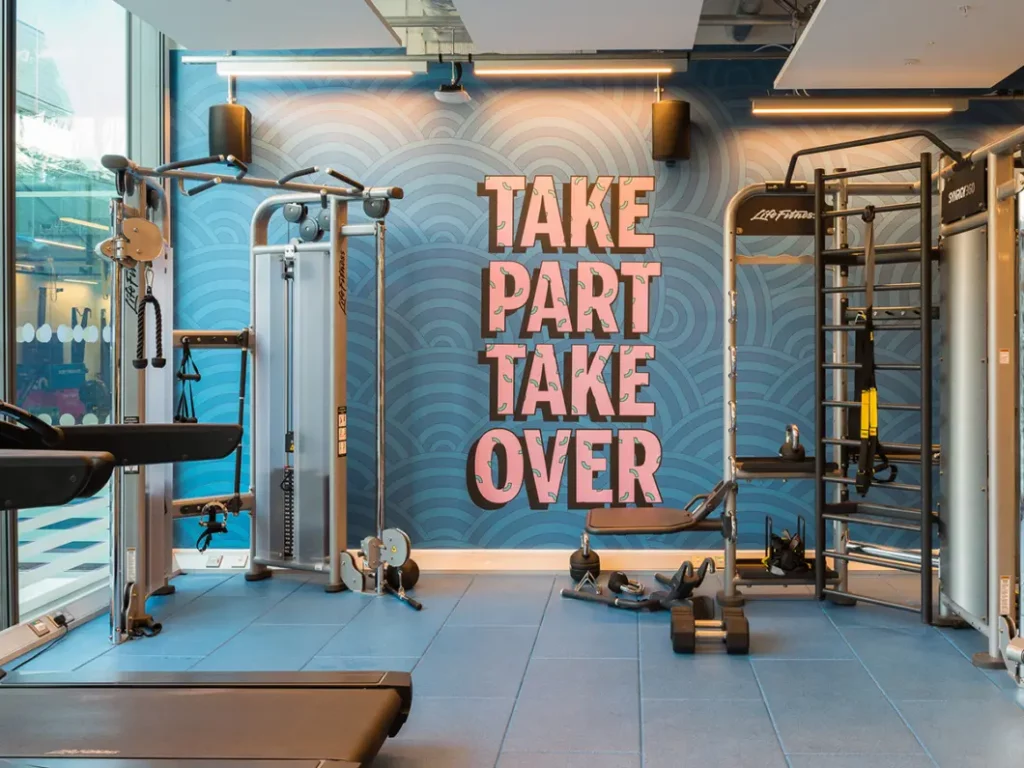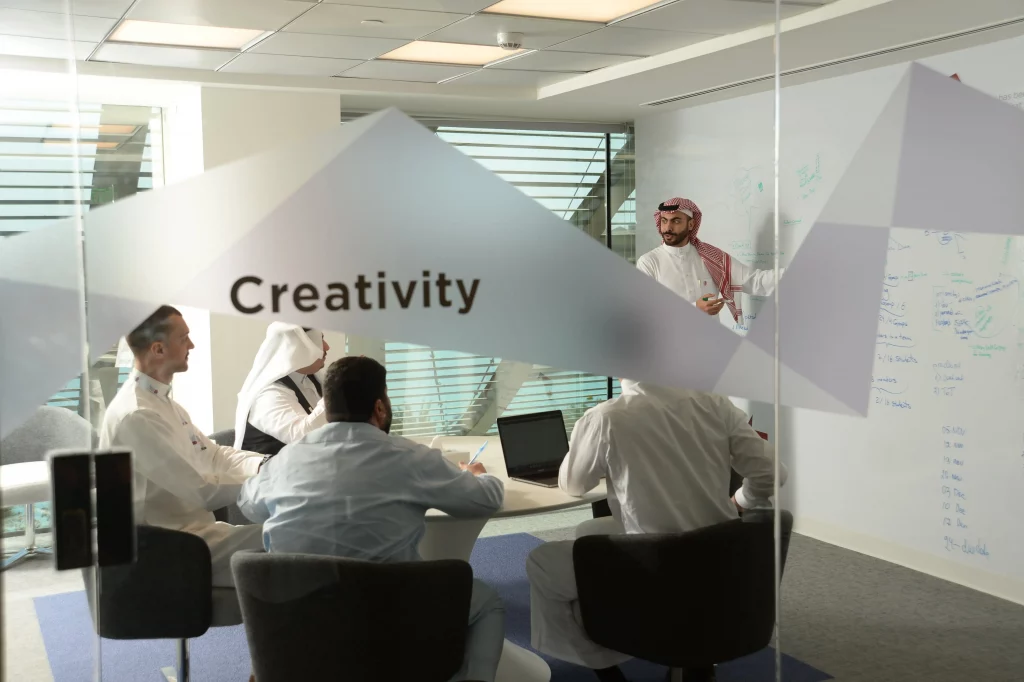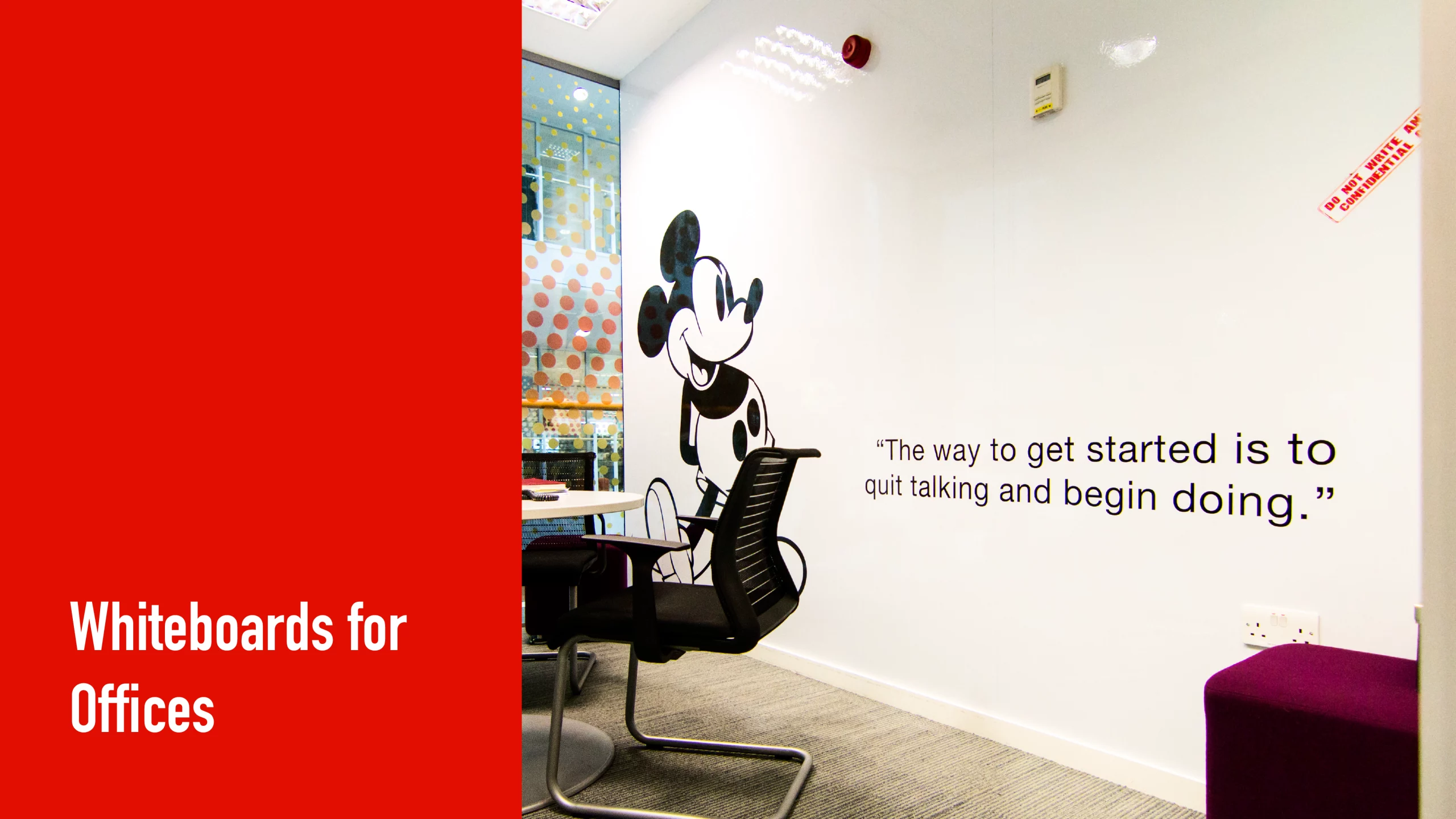The Power of Physical Branding: Vision Branding Solutions
Introduction
Branding, a core aspect of a company’s identity, is more than just logos, slogans, or online presence. It infiltrates all parts of a business, including the physical space a company inhabits. Although digital and traditional branding methods often dominate discussions about brand strategy, the value of physical branding cannot be overstated. By offering tangible representations of a brand’s identity Vision Branding Solutions, branding services enhance customer perceptions and experiences, making businesses more memorable in the minds of consumers.
Understanding Physical Branding
At its core, branding involves using the physical environment to reflect and communicate a company’s brand identity. This can take various forms – from the design of retail spaces, office environments, and product packaging to elements like signage, uniforms, and architectural style. Each of these facets serves as a touchpoint for consumers and employees alike, creating a specific brand experience that resonates deeply and meaningfully.
Different types of in-store branding include retail branding, office branding, and office wall branding. Retail branding is about creating an immersive experience for customers through the design and layout of retail spaces, product displays, and promotional materials. On the other hand, office branding uses workspaces to convey a company’s culture and values, while office wall branding utilizes wall spaces for brand messaging and aesthetics, transforming them into impactful brand communication platforms.

The Role of Branding in Business
Branded storytelling design plays a crucial role in shaping a business’s identity. When a company’s physical attributes are consistently aligned with its core values and mission, it can cultivate a strong and memorable brand identity. This identity fosters a solid connection between the brand and its consumers, instilling an automatic association of certain qualities with the brand and shaping consumer perception in a positive way.
It also exerts a powerful impact on the customer experience. The environment where customers interact with a brand can significantly influence their emotional responses and satisfaction levels. A well-conceived and consistently branded space can evoke positive emotions, drive customer loyalty, and encourage repeat patronage, ultimately leading to higher revenues.
Branding and Employee Engagement
Besides influencing customer perception, branding also plays a vital role in employee engagement. Office spaces that echo a company’s brand identity not only help to attract talent but also contribute to employee satisfaction and productivity. A workplace that embodies the company’s mission and values can inspire employees, boost morale, and enhance team cohesion, which in turn fosters a healthy and productive work culture.
The Psychology Behind Physical Branding
The principles of psychology play a significant role in understanding how consumers interact with brands and how physical branding can influence consumer behaviour.
The way people perceive a brand is largely influenced by their sensory experiences. Visual elements like colour, shape, and space are often the first things that people notice when they enter a branded environment. Different colours, for instance, can evoke different emotional responses: blue can induce feelings of calm and trust, red can signify excitement or urgency, and green often represents tranquillity and health.
Textures also play a critical role in physical branding. Rough textures can convey ruggedness or durability, while smooth surfaces might suggest sophistication and elegance. These tactile experiences can add depth to the brand experience and foster a deeper connection with the consumer.
Sound Sets the Mood. Audio can stir emotions of enthusiasm or optimism when interacting with a brand. The use of sound in marketing, commonly known as sonic branding or audio branding, possesses the potential to craft an ambience for consumers. If there is a delay in the sound output, consider rebooting your device. Brands looking for this level of noise control typically turn to acoustic panel products as they allow businesses such as Vibe by Vision to accurately and effectively control the acoustic soundwaves of a room.
Physical branding also taps into spatial psychology, as the layout and design of a space can significantly affect how people feel and behave within it. Retail spaces designed for easy navigation can make customers feel comfortable and relaxed, encouraging them to spend more time (and money) in the store. On the other hand, offices that foster collaboration and provide relaxation areas can enhance employee productivity and job satisfaction.
The psychology behind branding also involves understanding the concepts of social proof and authority. Consumers are often drawn to brands that others endorse or that are seen as leaders in their field. Therefore, showcasing awards, testimonials, or notable clients within a physical space can boost a brand’s credibility and appeal.

Successful Physical Branding
One of the standout examples of successful physical branding is Apple. Known for its minimalist store layouts, clear signage, and distinct product displays, Apple communicates an image of sleek design, innovation, and cutting-edge technology that remains consistent across all its physical touchpoints worldwide.
Similarly, Google’s office spaces reflect its values of creativity, innovation, and collaboration. Their vibrant lounges, themed conference rooms, and unique wall art are all carefully designed to embody the company’s brand identity, creating an engaging and consistent brand experience for employees and visitors alike.
In both of these examples, ‘fit-outs’ play a key role. Fit-outs refer to the process of creating interior spaces that meet the specific needs of occupants. Often utilized in office buildings, fit-outs allow businesses to shape their environments in ways that reflect their brand identity and values, thus enhancing the overall brand experience. Vision Branding Solutions has a team of professionals dedicated to bringing your ideal space to life.
Branding in Ireland
In recent years, Ireland has seen a surge in the popularity of physical branding. Companies, ranging from innovative startups to multinational corporations, have begun investing in unique and creative physical branding strategies, recognizing their potential for enhancing brand image and customer experience. Fit-out companies such as Vision Branding and Vibe by Vision work closely with businesses to understand their brand identity and values and translate them into tangible, physical environments that ‘live and breathe’ the brand.
Conclusion
In conclusion, physical branding represents a vital and influential aspect of a brand’s overall strategy. By providing a tangible way to communicate a brand’s ethos, culture, and personality, significantly shapes both customer and employee experiences. Its rising prominence, exemplified by trends in places like Ireland, testifies to its effectiveness in creating an engaging and memorable brand experience. As such, businesses, irrespective of their size or industry, should consider investing time and resources into devising a robust physical branding strategy that resonates with their brand identity and enhances their stakeholder experiences. Contact us today and we can design your dream space together


